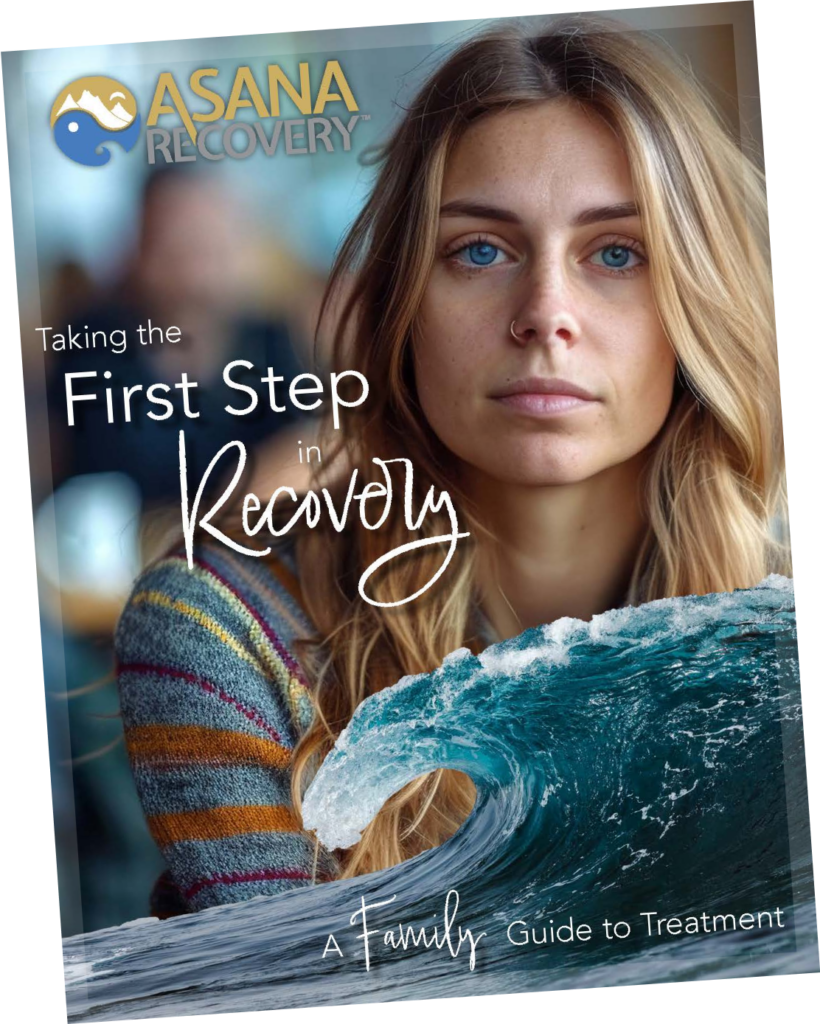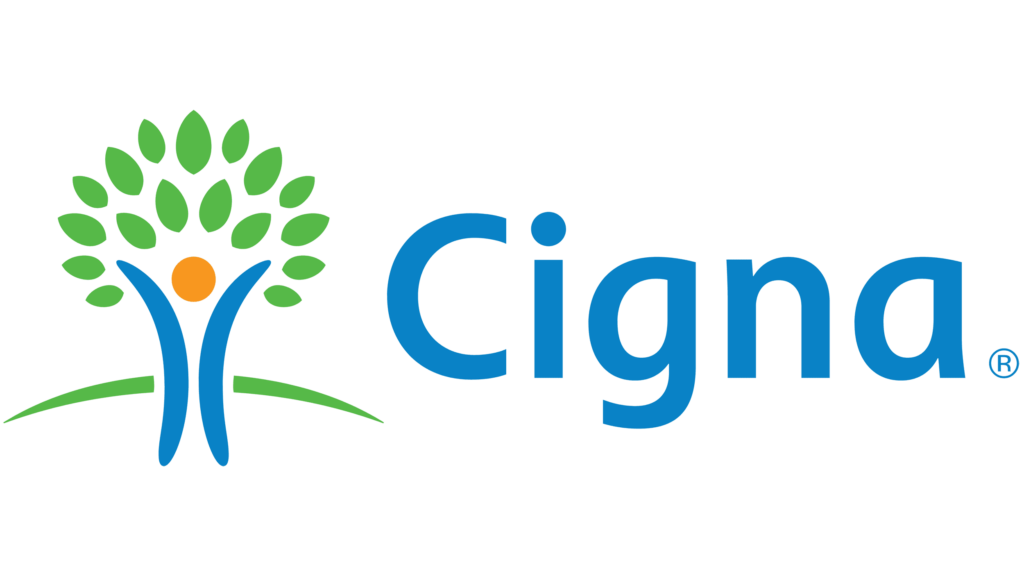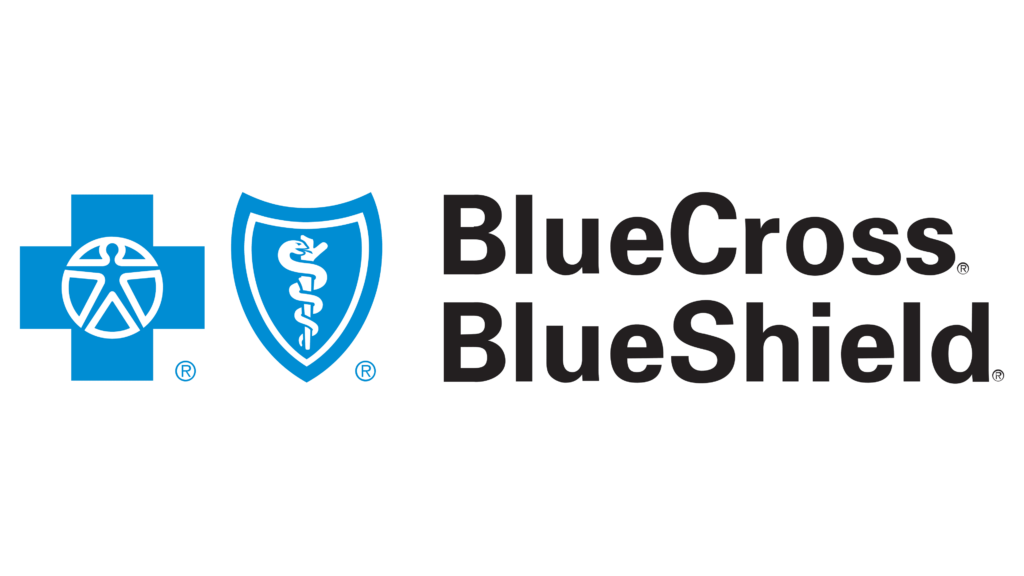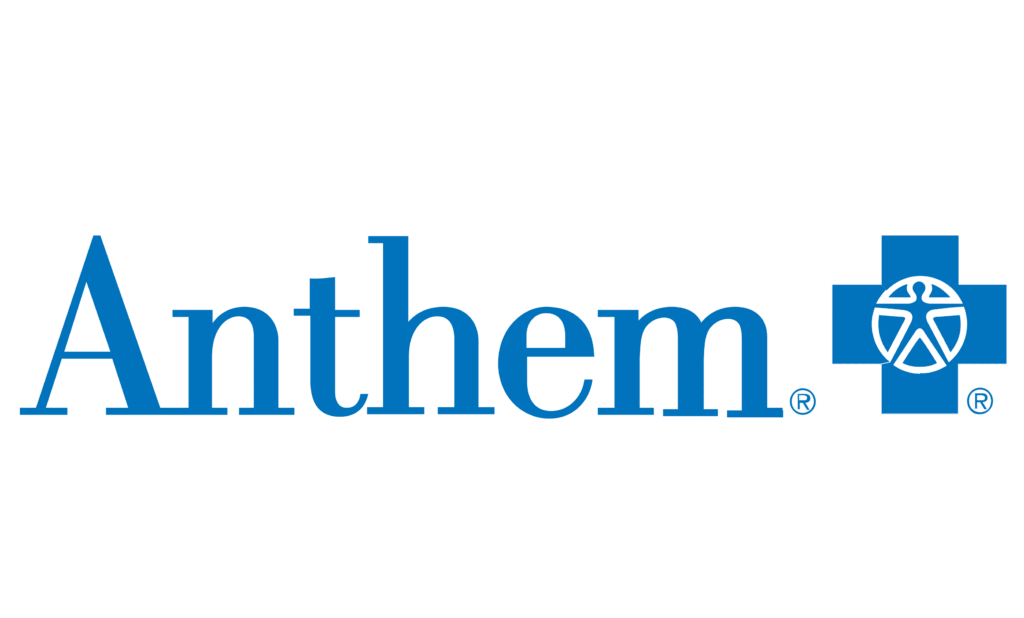If you’re dealing with addiction, or helping someone you love through it, understanding how your health insurance works can feel like another huge hurdle. It’s tough enough to face the challenges of recovery without also having to wade through confusing insurance jargon. One type of plan that often raises questions is the high-deductible health plan, or HDHP. Simply put, an HDHP usually means lower monthly premiums, but you have to pay more out of pocket before your insurance starts covering costs. This can be tricky when you’re looking at something like drug addiction treatment or alcohol addiction treatment.
It’s vital to understand your insurance options when considering rehab. The cost of treatment shouldn’t be a barrier to getting the help you need. At Asana Recovery, we know that navigating these financial aspects can be overwhelming. That’s why we’re here to help you make sense of it all. We offer a range of services designed to support your journey to recovery, from medically-assisted detox to intensive outpatient programs and much more. We believe everyone deserves access to effective care, regardless of their insurance situation. We’re committed to helping you find the best path forward.
Insurance can feel like a maze, especially when you’re trying to understand coverage for something as complex as substance use disorder treatment. Many people find themselves asking, “Will my insurance actually cover rehab?” The good news is that insurance plans often include coverage for mental health and substance use disorder services, but the details of that coverage can vary greatly, particularly with high-deductible health plans.
The Affordable Care Act (ACA) and the Mental Health Parity and Addiction Equity Act (MHPAEA) are two important laws that require most health insurance plans to cover substance use disorder treatment and mental health services. The ACA ensures that these essential benefits are included in plans. The MHPAEA, on the other hand, prevents insurance companies from setting stricter limits on mental health and substance abuse benefits than they do for other medical benefits. Even with these protections, understanding the specifics of your plan, like your deductible and copays, is essential to prevent any financial surprises.
At Asana Recovery, we don’t want you to feel lost in the insurance shuffle. We offer a simple and free Insurance Verification process. You can simply give us your insurance information, and our team will work directly with your insurance company to determine exactly what is covered. We’ll help you understand your benefits, so you know what to expect regarding costs and coverage before beginning treatment. This process can ease your burden and remove a source of stress, allowing you to concentrate on what matters most – your recovery.
Sometimes, insurance may not fully cover the type or level of care you need, or perhaps you would simply like to explore alternatives to relying on insurance. That’s when considering private pay rehab solutions becomes relevant. Private pay means that you pay directly for your treatment instead of relying on your insurance provider. This may seem like an additional burden, however, it can also have many advantages that make the cost well worth it.
One big advantage of private pay is that it can offer more control and flexibility over the type of treatment you receive. Sometimes insurance companies might limit the treatments available, or put strict rules or duration on certain programs, such as residential treatment. With private pay, you have more options to choose a program that fits your unique needs. This includes choosing the specific therapies, the duration of your stay, and the location that feels right for you. This can be incredibly beneficial as everyone’s path to recovery is different, and being able to tailor your treatment can be a significant factor in your success. Furthermore, private pay can expedite your admission into a program since you don’t need pre-approval from the insurance company, helping you receive treatment when you need it without delay.
At Asana Recovery, we work with individuals and families seeking private pay solutions for rehab. We provide clear and transparent cost information upfront, so you can make an informed decision. We understand that financial planning for rehab can be stressful, which is why we are committed to working with you to find solutions. Whether you want to explore the best type of program, discuss payment plans, or need assistance understanding private pay options, our team will support you every step of the way. We are dedicated to making sure high-quality treatment is accessible to all, regardless of their insurance coverage.
Asana Recovery works with most PPO plans, covering up to 100%. See if your insurance can help fund your journey. Click below to get a free quote.

We get it. Addiction recovery is tough. That’s why our programs are founded and staffed by people in recovery – people who truly understand.
The Intensive Outpatient Program (IOP) is a vital treatment option for many people in recovery. It is a flexible option that provides structured therapy and support without the need for full-time residential stay. If you’re new to IOP, it generally involves attending therapy sessions several times per week, for a few hours each time. These sessions may include individual therapy, group therapy, and education sessions focused on addiction and recovery. IOP allows you to live at home while still receiving intensive treatment, making it a good choice for individuals transitioning from a higher level of care or for those who need a flexible treatment option.
Many clients wonder about insurance coverage for IOP, especially if they have a high-deductible plan. The good news is that many insurance plans offer coverage for IOP, but as always, the details can vary. While some plans may have copays or require you to meet your deductible first, others may have different limitations. It’s important to verify your specific plan’s coverage. The good news is that with our Insurance Verification, you can find out exactly what to expect in terms of coverage and out-of-pocket costs. This can remove the stress of guessing whether your plan will cover your treatment.
At Asana Recovery, we provide IOP services tailored to your specific needs. Our team is dedicated to helping you understand your insurance options and make the most of your benefits. We believe that cost shouldn’t be a barrier to effective treatment. If you’re looking for an IOP program that is understanding of your insurance and financial situation, contact us today.
Cognitive Behavioral Therapy (CBT) is a widely recognized and highly effective form of therapy that plays a key role in the treatment of addiction. It focuses on identifying and changing negative thought patterns and behaviors that contribute to addiction. CBT helps you to understand how your thoughts, feelings, and actions are interconnected, and provides you with skills and techniques to manage cravings and triggers. It’s a hands-on approach that equips you with the tools needed to navigate difficult situations without resorting to drug or alcohol use. This approach is also helpful for co-occurring disorders like depression and anxiety, which often occur alongside addiction.
Many individuals seeking addiction treatment also wonder if their insurance will cover CBT sessions, especially with the higher out-of-pocket costs associated with high-deductible health plans. Most insurance plans, due to the Mental Health Parity Act, do include coverage for mental health services like CBT. However, it’s important to confirm the specifics of your coverage. Factors such as your deductible, copays, and the number of sessions covered can vary, so its best to check with your insurance provider, or use our Insurance Verification system.
At Asana Recovery, we see CBT as an essential part of the recovery process. We incorporate CBT into many of our treatment programs, including individual therapy, group settings, and various outpatient services. Our experienced therapists are skilled in using CBT techniques to help you develop healthy coping mechanisms and build a foundation for lasting recovery. If you’re interested in exploring CBT as part of your treatment plan, reach out to us today. We’re here to help you find a path to recovery that is customized to you, and within your budget.
Medication-Assisted Treatment (MAT) is a comprehensive approach to treating addiction that combines medications with therapy and counseling. MAT is effective for a variety of substance use disorders, including alcohol, opioid, and even some stimulant addictions. It works by reducing cravings, managing withdrawal symptoms, and helping to stabilize brain function. When paired with therapy, MAT can significantly improve your chances of achieving long-term recovery. MAT is designed not as a sole means of treatment, but as a key component of a larger plan.
Many people considering MAT are concerned about whether it will be covered by their insurance, especially those with high-deductible plans. The good news is that insurance companies have increasingly recognized the value of MAT, and many plans do include coverage. However, coverage for MAT can vary based on the type of medication, the specific plan, and your deductible. You may need to meet your deductible before your plan starts to cover medications, so understanding your specific coverage is very important.
At Asana Recovery, we provide MAT as part of our comprehensive treatment options. Our medical team will work with you to determine the right medication for your needs and then collaborate with your insurance company to verify your coverage. We believe that financial obstacles shouldn’t prevent you from accessing this life-changing treatment, so we’re committed to supporting you and finding solutions that fit your budget. To see what options are available to you, verify your insurance with us today.
Addiction doesn’t just affect the individual struggling with it; it impacts families and relationships as well. Couples therapy in rehab can be a vital resource for couples as they navigate these complicated challenges. When one partner struggles with addiction, it can cause strain, miscommunication, and a breakdown of trust between both parties. Couples therapy provides a safe space for you to openly discuss your feelings, rebuild trust, and develop better communication skills. It can help you to understand each other’s perspectives and work together toward healing and recovery as a unit.
If you and your partner are considering couples therapy as part of your recovery journey, you might be wondering about insurance coverage. Many insurance plans cover couples therapy, as it’s recognized as a valuable part of overall mental health treatment. However, it is important to verify your own coverage. Your deductible, copays, and any limitations on sessions will vary from plan to plan, so checking your benefits before starting is a must. You can even use our Insurance Verification system to quickly check and see if couples therapy is a covered benefit.
At Asana Recovery, we believe that including loved ones in the recovery process is essential for your long-term success. We are devoted to providing a supportive space where you and your partner can heal together. Our experienced therapists are trained in couples counseling and can help you navigate the difficulties that addiction can cause in a relationship. If you’re interested in learning more about our couples therapy services and want to confirm your insurance, contact us today. We’re dedicated to providing you with the tools you need to rebuild your relationship and foster lasting recovery.
One of the biggest concerns when dealing with addiction and seeking treatment is the cost. With a high-deductible health plan, it can feel especially overwhelming to figure out how to manage the out-of-pocket expenses before your insurance coverage begins. However, with the right strategies and resources, it’s possible to plan for and manage these costs effectively.
One of the most effective tools you can use is your Health Savings Account (HSA). If you have an HSA, you can use pre-tax money to pay for qualifying health expenses, including rehab treatment. Contributions to an HSA are tax-deductible, the funds grow tax-free, and withdrawals for qualified medical expenses are also tax-free, this can significantly reduce your overall cost. It’s a great way to set aside money for healthcare costs like rehab treatment. In addition to HSAs, you can explore payment plans with your treatment center. Many facilities, including Asana Recovery, work with clients to create payment schedules that align with their budgets. Also, be on the lookout for any potential grants, scholarships, or other financial assistance programs that may be available.
At Asana Recovery, we understand that financial stress can be an extra burden on your road to recovery. That’s why we work with you to find financial solutions that make treatment affordable. Our team can help you to understand your insurance plan, discuss your payment options, and explore potential financial assistance programs. We believe that cost shouldn’t stand between you and the treatment that can save your life. If you need help creating a financial plan for rehab, reach out to us so we can guide you every step of the way. To see what payment options are available, or explore private payment plans, learn more here.
Taking the first step towards recovery can be overwhelming, but it’s also the most crucial step. If you’re looking for personalized care that caters to your specific needs, Asana Recovery is here to help. We believe that addiction treatment is not a one-size-fits-all approach, and so our focus is always on developing a plan that fits your unique situation. Whether you have a high-deductible health plan, prefer private pay options, or have other financial considerations, our team will work with you to determine the best path forward.
Early intervention is key to successful recovery. The sooner you seek help, the better your chances for achieving lasting sobriety. At Asana Recovery, we provide a range of services, including medically-assisted detox, residential treatment, intensive outpatient programs, and many more. We also offer specialized treatments such as Cognitive Behavioral Therapy (CBT), and Dialectical Behavior Therapy (DBT). We want to make sure you find the right therapy and treatment for your specific needs.
Don’t let uncertainty about costs stop you from seeking treatment. Our team is dedicated to making the admissions process as straightforward as possible. We encourage you to verify your insurance through our online form or contact us directly to discuss your situation with a member of our compassionate team. We’re here to provide you with the information and support you need to start your journey to recovery with confidence.
Navigating addiction treatment can be difficult, but it doesn’t have to be overwhelming. Understanding your options, especially when dealing with high-deductible health plans, is the first step to making an informed decision for your future. Whether you are seeking private pay rehab solutions or want to take full advantage of your insurance benefits, know that help is available. From understanding your insurance coverage to exploring payment plans, there are ways to manage the financial aspect of treatment and make it accessible.
Remember, treatment options such as Intensive Outpatient Programs (IOP), Cognitive Behavioral Therapy (CBT), and Medication-Assisted Treatment (MAT) can significantly impact your journey to recovery. Couples therapy can also provide a supportive environment for healing and growth within your relationships. Don’t delay, as early intervention and support are crucial for achieving lasting sobriety.
We at Asana Recovery are here to support you every step of the way. If you’re ready to take the next step, we invite you to contact us or use our insurance verification form. We’re dedicated to helping you find the right treatment plan and overcome the financial hurdles that can be a barrier to your journey to recovery. Making informed decisions about your treatment is a powerful step towards a healthier, happier future. We’re here to help you navigate this journey, so please don’t hesitate to reach out.
Take your first step towards lasting recovery. At Asana, we offer effective, insurance-covered treatment for addiction and mental health, guided by experts who understand because they’ve been there. Start your healing today.

This book has helped so many men and women; and we want to give it you for FREE. Get signed up today and discover how to unlock the grip of addiction and get back to living your best life.
In this book, you’ll discover…
— The Most Common Misconceptions About Addiction and Rehab
— Why Rock Bottom is a Myth and What You Can Do About It
–The Steps to Healing From Trauma, Both Mentally and Emotionally
–And much more!

© Copyright 2024 Asana Recovery™ | All Rights Reserved | Privacy Policy
You could save up to 100% of your treatment using your Insurance.





By submitting this form, you agree to Asana Recovery’s Privacy Policy. You also consent to Asana Recovery contacting you by phone, text message, and email regarding your insurance benefits and treatment services. You acknowledge that text messaging may involve risks, authorize the use of your Protected Health Information (PHI) for these communications, and understand you can opt-out of text messages at any time by replying “STOP”.
Asana Recovery
We firmly believe that the internet should be available and accessible to anyone, and are committed to providing a website that is accessible to the widest possible audience, regardless of circumstance and ability.
To fulfill this, we aim to adhere as strictly as possible to the World Wide Web Consortium’s (W3C) Web Content Accessibility Guidelines 2.1 (WCAG 2.1) at the AA level. These guidelines explain how to make web content accessible to people with a wide array of disabilities. Complying with those guidelines helps us ensure that the website is accessible to all people: blind people, people with motor impairments, visual impairment, cognitive disabilities, and more.
This website utilizes various technologies that are meant to make it as accessible as possible at all times. We utilize an accessibility interface that allows persons with specific disabilities to adjust the website’s UI (user interface) and design it to their personal needs.
Additionally, the website utilizes an AI-based application that runs in the background and optimizes its accessibility level constantly. This application remediates the website’s HTML, adapts Its functionality and behavior for screen-readers used by the blind users, and for keyboard functions used by individuals with motor impairments.
If you’ve found a malfunction or have ideas for improvement, we’ll be happy to hear from you. You can reach out to the website’s operators by using the following email
Our website implements the ARIA attributes (Accessible Rich Internet Applications) technique, alongside various different behavioral changes, to ensure blind users visiting with screen-readers are able to read, comprehend, and enjoy the website’s functions. As soon as a user with a screen-reader enters your site, they immediately receive a prompt to enter the Screen-Reader Profile so they can browse and operate your site effectively. Here’s how our website covers some of the most important screen-reader requirements, alongside console screenshots of code examples:
Screen-reader optimization: we run a background process that learns the website’s components from top to bottom, to ensure ongoing compliance even when updating the website. In this process, we provide screen-readers with meaningful data using the ARIA set of attributes. For example, we provide accurate form labels; descriptions for actionable icons (social media icons, search icons, cart icons, etc.); validation guidance for form inputs; element roles such as buttons, menus, modal dialogues (popups), and others. Additionally, the background process scans all the website’s images and provides an accurate and meaningful image-object-recognition-based description as an ALT (alternate text) tag for images that are not described. It will also extract texts that are embedded within the image, using an OCR (optical character recognition) technology. To turn on screen-reader adjustments at any time, users need only to press the Alt+1 keyboard combination. Screen-reader users also get automatic announcements to turn the Screen-reader mode on as soon as they enter the website.
These adjustments are compatible with all popular screen readers, including JAWS and NVDA.
Keyboard navigation optimization: The background process also adjusts the website’s HTML, and adds various behaviors using JavaScript code to make the website operable by the keyboard. This includes the ability to navigate the website using the Tab and Shift+Tab keys, operate dropdowns with the arrow keys, close them with Esc, trigger buttons and links using the Enter key, navigate between radio and checkbox elements using the arrow keys, and fill them in with the Spacebar or Enter key.Additionally, keyboard users will find quick-navigation and content-skip menus, available at any time by clicking Alt+1, or as the first elements of the site while navigating with the keyboard. The background process also handles triggered popups by moving the keyboard focus towards them as soon as they appear, and not allow the focus drift outside it.
Users can also use shortcuts such as “M” (menus), “H” (headings), “F” (forms), “B” (buttons), and “G” (graphics) to jump to specific elements.
We aim to support the widest array of browsers and assistive technologies as possible, so our users can choose the best fitting tools for them, with as few limitations as possible. Therefore, we have worked very hard to be able to support all major systems that comprise over 95% of the user market share including Google Chrome, Mozilla Firefox, Apple Safari, Opera and Microsoft Edge, JAWS and NVDA (screen readers).
Despite our very best efforts to allow anybody to adjust the website to their needs. There may still be pages or sections that are not fully accessible, are in the process of becoming accessible, or are lacking an adequate technological solution to make them accessible. Still, we are continually improving our accessibility, adding, updating and improving its options and features, and developing and adopting new technologies. All this is meant to reach the optimal level of accessibility, following technological advancements. For any assistance, please reach out to